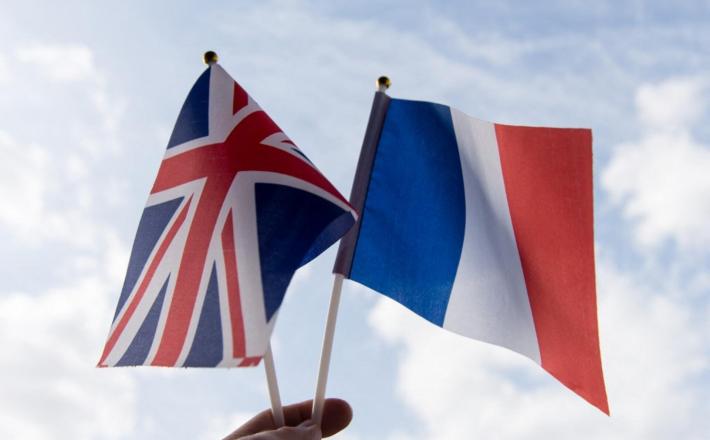Gender equality highs and lows: A tale of two parliamentary elections
Source: Inter-Parliamentary Union
Following an intense week of elections, the IPU’s two founding members, France and the United Kingdom, have just completed their parliamentary elections.
How have both parliaments fared in terms of gender equality? How do they compare to previous chambers and the IPU’s global average of women in parliament which stood at 26.9% before these latest elections?
In the United Kingdom, provisional numbers show that a record number of women lawmakers were elected to the British lower chamber on 4 July, constituting 41% of MPs overall (263 out of 650). This marks a significant increase from the previous chamber elected in 2019, where women made up 34.8% of the total, according to the IPU’s ranking of women in parliament.
This significant increase can be partly attributed to the winning Labour Party's electoral success, as they fielded a higher number of female candidates and won a majority of seats. Some 46% of Labour seats are now held by women (188 out of 411), a proportion similar to the Liberal Democrats (33 out of 72). Both parties have voluntary party quotas. In contrast, the Conservative Party has only 24% of female MPs (29 out of 121).
However, across the channel in France, preliminary results from the second round of parliamentary elections on 7 July show a slight decrease in the number of women MPs. Out of the 577 members of the National Assembly, 208 are women, representing around 36%. This is a decline compared to the 2022 chamber, which had 37.3% women, and the 2017 election, which saw a record 38.8% of French lawmakers in the Assembly who were women according to IPU data.
Read here the full article published by the Inter-Parliamentary Union on 8 July 2024.

Following an intense week of elections, the IPU’s two founding members, France and the United Kingdom, have just completed their parliamentary elections.
How have both parliaments fared in terms of gender equality? How do they compare to previous chambers and the IPU’s global average of women in parliament which stood at 26.9% before these latest elections?
In the United Kingdom, provisional numbers show that a record number of women lawmakers were elected to the British lower chamber on 4 July, constituting 41% of MPs overall (263 out of 650). This marks a significant increase from the previous chamber elected in 2019, where women made up 34.8% of the total, according to the IPU’s ranking of women in parliament.
This significant increase can be partly attributed to the winning Labour Party's electoral success, as they fielded a higher number of female candidates and won a majority of seats. Some 46% of Labour seats are now held by women (188 out of 411), a proportion similar to the Liberal Democrats (33 out of 72). Both parties have voluntary party quotas. In contrast, the Conservative Party has only 24% of female MPs (29 out of 121).
However, across the channel in France, preliminary results from the second round of parliamentary elections on 7 July show a slight decrease in the number of women MPs. Out of the 577 members of the National Assembly, 208 are women, representing around 36%. This is a decline compared to the 2022 chamber, which had 37.3% women, and the 2017 election, which saw a record 38.8% of French lawmakers in the Assembly who were women according to IPU data.
Read here the full article published by the Inter-Parliamentary Union on 8 July 2024.